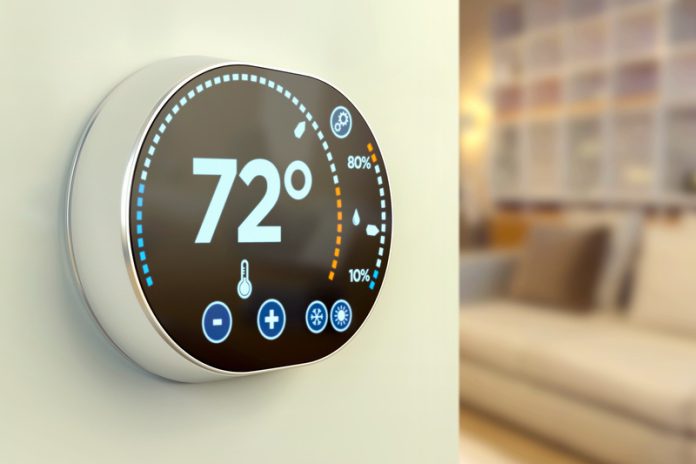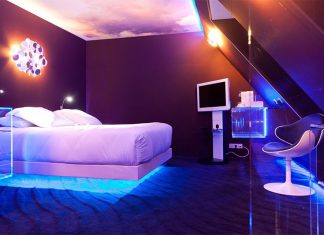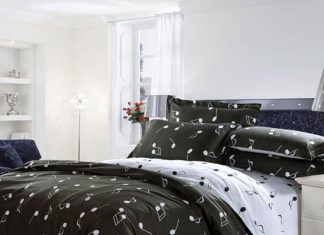HVAC systems are crucial components in various types of buildings, including single-family houses, flats, and commercial spaces. HVAC units heat and cool interior air using furnaces, air conditioners or heat pumps connected to ductwork with thermostat controls and thermostats.
Smart technology adds a level of intelligence to home systems. Together with sensors, smart home devices can optimize spaces according to each owner’s lifestyle and goals.
If you want to upgrade your HVAC system with smart tech that tailors your comfort, River Valley Air Conditioning is worth checking out! You can call them at +1 928-768-2122 or visit the office: 5107 AZ-95, Fort Mohave, AZ 86426. They offer solutions that can optimize your space and lifestyle.
Here’s a look at how your smart thermostat can improve your HVAC unit.
How your thermostat integrates with your home
Smart thermostats use data gathered on the heating and cooling preferences of a homeowner to create personalized settings to reduce energy consumption and costs, thus cutting utility bills while decreasing environmental impact.
Some smart systems can integrate with other devices like humidifiers or air purifiers, to enhance indoor air quality and comfort. Also compatible with smart systems are doorbells, alarms and blinds, allowing for convenient control from one convenient app on smartphones or other devices.
Smart thermostats often integrate with voice-activated assistants like Amazon Alexa or Google Assistant for hands-free temperature adjustment and question-answering without grabbing your phone and opening an app.
Smart HVAC systems can also connect to a hub to seamlessly operate with other smart home devices, streamlining their operation.
For instance, using one app, you can control all your smart thermostats, lights and locks from one location – saving time from checking multiple settings or manually configuring each device individually while also helping stay organized by creating timelines of events and reminders about upcoming maintenance needs.
It operates through sensors
The optimal sensors are essential if you want your smart HVAC system to make informed decisions. To take action based on data, smart IoT appliances use sensors to identify changes in their surroundings and communicate this information back to the control panel or app.
Motion sensors utilize infrared detectors to sense movement in an area and convert any detected changes into electrical signals for controlling devices like lights or fans. Other types of sensors, known as occupancy detectors, detect the presence of people within a room and adjust HVAC controls accordingly to save energy and ensure comfort in homes where people reside.
Intelligent HVAC systems use sensors to measure the temperature in each room by closing or opening vents based on their temperature and desired thermostat settings.
This enables residents of a home or office to find more comfortable living conditions more quickly by easily finding their ideal temperature setting.
Smart ventilation works well when combined with other devices, like smart blinds, to further improve comfort and energy efficiency. When it’s sunny outside, these blinds can close to reduce heat from sunlight and lighten the load on the AC, while at night, they open to allow natural lighting into the room for lighting purposes.
Provides remote access to more than just your HVAC system
No matter where you are – skiing on the slopes or in your home office – smart air conditioning settings can easily be adjusted through mobile apps. And with geofencing features, you can turn off the system when you’re leaving.
These advanced capabilities are made possible thanks to the smart technology embedded within your HVAC equipment. A “brain” is installed within your smart home HVAC system that can take input from sensors, analyze it and trigger appropriate actions based on predefined triggers – this makes your smart device more than just a Wi-Fi-enabled appliance!
Additionally, smart HVAC systems can communicate with other gadgets in your house, such as lights and blinds. For instance, during hot days, they could close blinds to reduce heat gain and ease the load on the AC unit; on colder days, however, they could open them to allow sunlight in for natural heating purposes.
Smart systems also operate at longer cycles than their traditional counterparts, which allows them to use less energy and natural gas while experiencing reduced wear-and-tear damage, leading to lower utility bills and repair costs – giving you greater comfort while controlling costs in your home.
Consider installing one in the near future to enhance comfort while cutting repair expenses!
Learns your routine for personalized comfort
Like any smart gadget or home appliance, smart HVAC systems provide homeowners with convenience. However, they also help your home or business run more efficiently, saving energy and money on your electricity bills while decreasing humidity levels.
These smart devices feature intelligent control panels built directly into their equipment that allow them to “think.” They take in information regarding weather and temperatures, analyze it, and then take appropriate actions accordingly – distinguishing themselves from traditional systems in this regard.
Zoning and other smart features are designed to make your home or building more energy-efficient by isolating areas with different heating and cooling needs.
By doing this, your HVAC system will only operate in areas that are being utilized at any one time – preventing energy waste in rooms that remain empty while leading to savings on utility bills.
Occupancy sensors can sense when someone enters a room and automatically set the system at an ideal temperature for your arrival. Furthermore, geofencing technology will notify your smart system that you are leaving and will turn it off accordingly.















